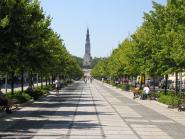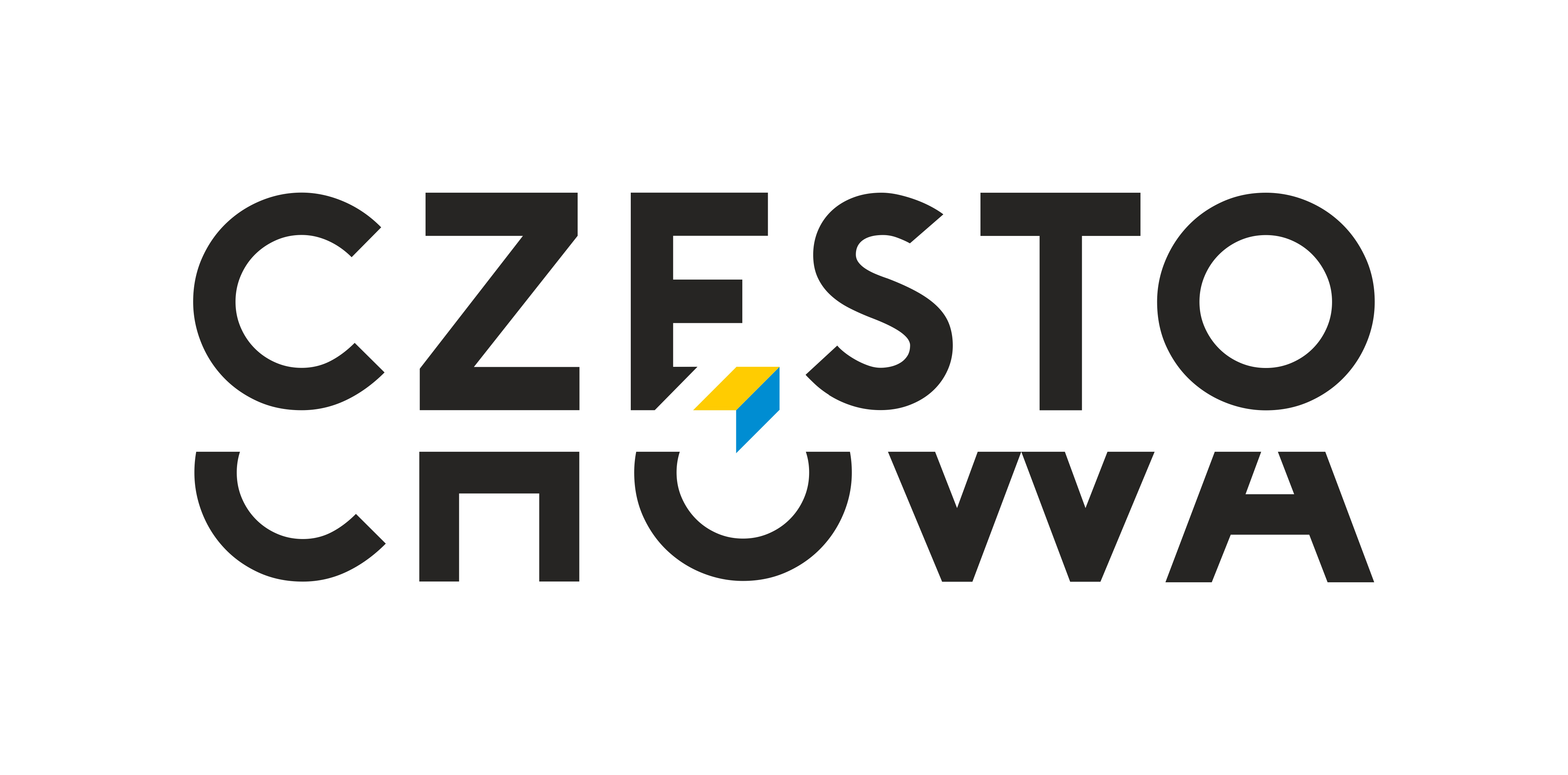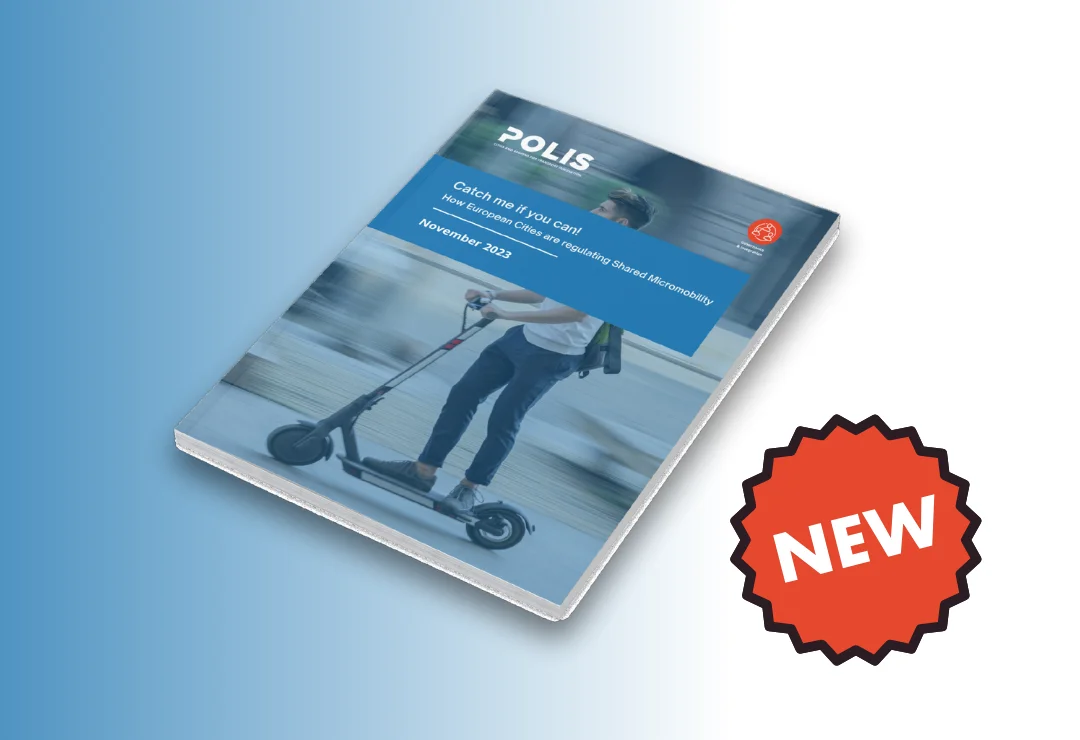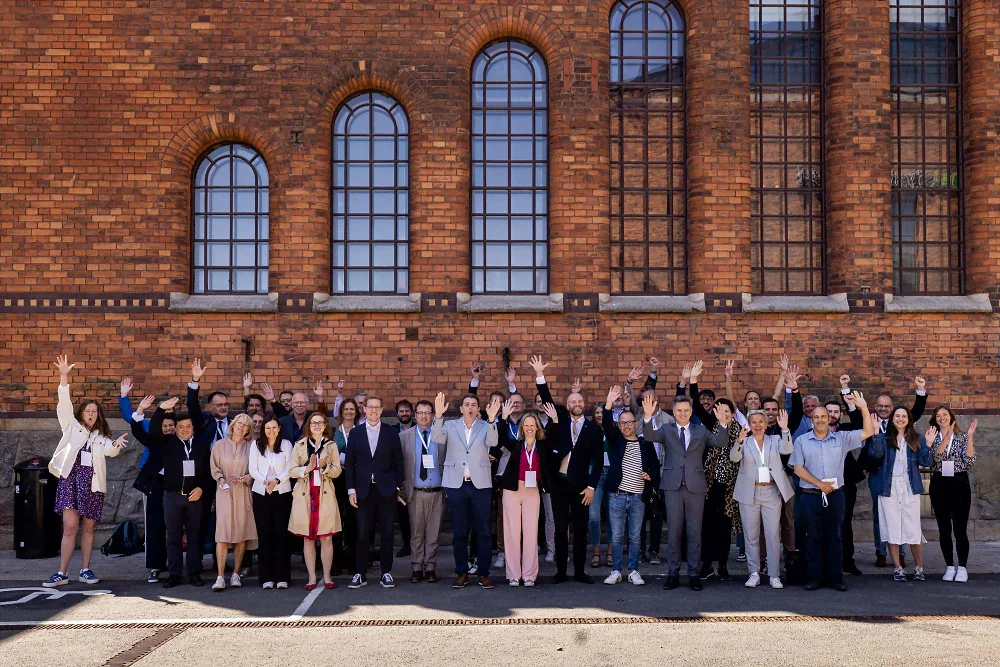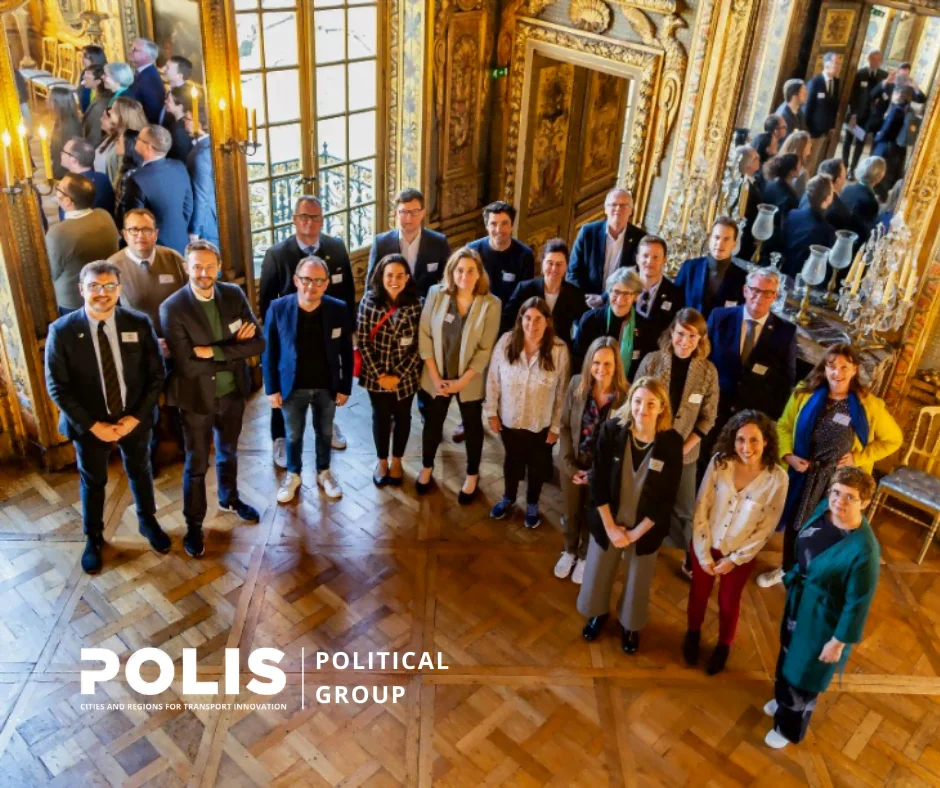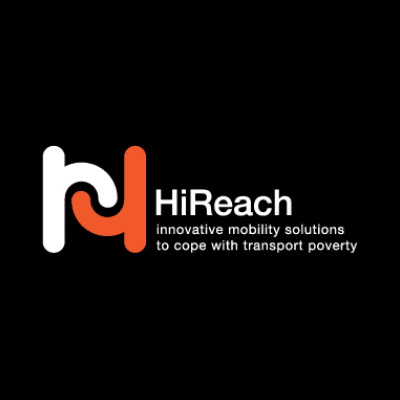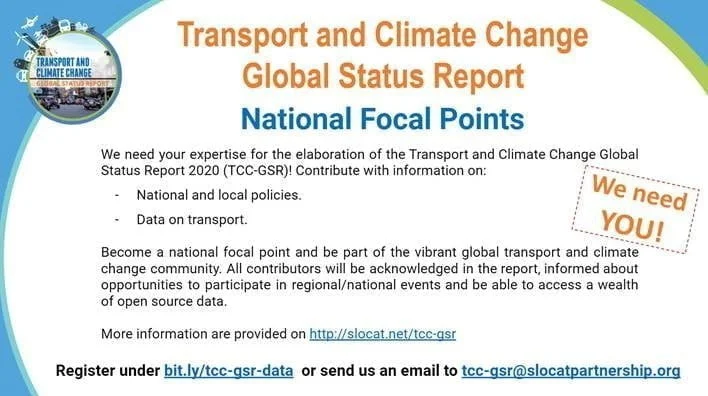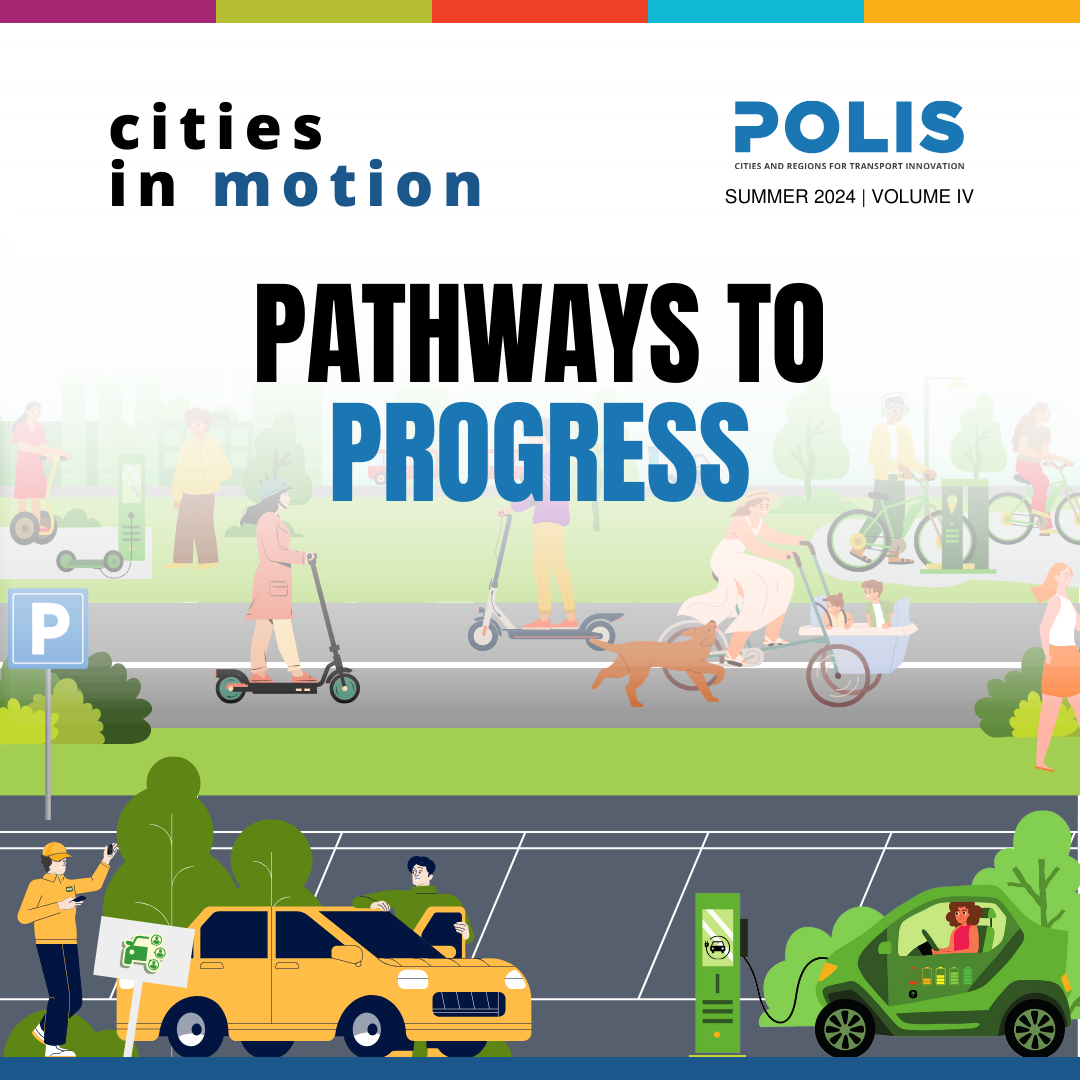Czestochowa
Czestochowa, located by the Trans-European north-south and west-east transport corridors, is an urban node of the TEN-T network, positioned within the Baltic-Adriatic Sea corridor. The city serves as the capital of the northern Subregion of Silesian Voivodeship.
With almost 200 thousand citizens, Czestochowa itself is part of a larger northern subregion boasting half a million residents. Renowned primarily for the national sanctuary at Jasna Góra, Częstochowa also stands as a significant academic centre with extensive infrastructure and a rich cultural heritage. Tradition and modernity coalesce seamlessly in this vibrant urban environment, shaping the daily lives of its inhabitants.
Over the past decade, there has been a noticeable trend of increasing car ownership rates coupled with waning interest in public transport. This shift has resulted in heightened traffic pressure, posing challenges to overall mobility and contributing to environmental degradation within the city.
Despite these challenges, Czestochowa has made remarkable progress in bolstering its transport infrastructure, including the development of roads, bicycle routes, tram lines, and modernizing its fleet of trams and buses, facilitated by EU funds. These investments are ongoing, necessitating a robust management system to integrate various modes of mobility under one comprehensive planning framework.

Credit: Mateusz Stępień
Motivated by a strong commitment to enhancing mobility across all domains, the city has initiated its first Sustainable Urban Mobility Plan (SUMP), currently in the adoption process. The overarching vision of this plan is to collaboratively develop a sustainable mobility system that enhances the residents' quality of life, ensures safe and clean movement, and fosters socio-economic development.
Aligned with this vision, the SUMP focuses on four key areas: Quality of Life, Economy, Environment, and Energy, recognizing that urban mobility is an ongoing challenge requiring continuous improvement.
Czestochowa's involvement in various EU projects, including URBACT, Interreg 2004-2006, and SUMPs-UP IPP CIVITAS2020, underscores its dedication to advancing sustainable urban mobility practices.
Czestochowa has published the following documents:
- Czestochowa Sustainable Urban Mobility Plan (Polish version)
- Sustainable Development Plan for Public Transport for the City of Czestochowa (Polish version)
You can find out more on their website, or follow them on Instagram.
